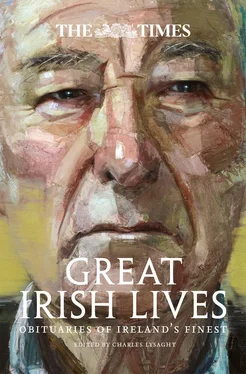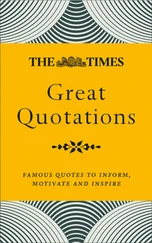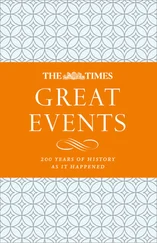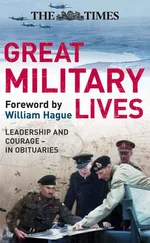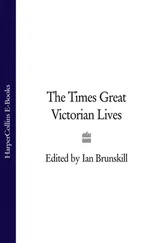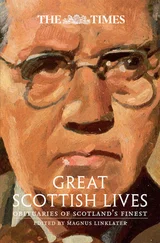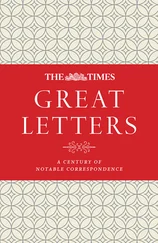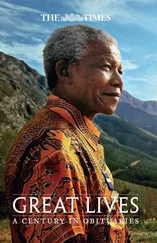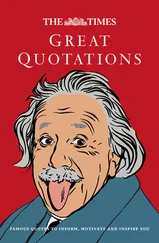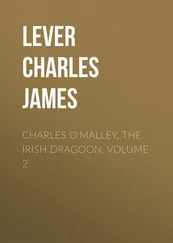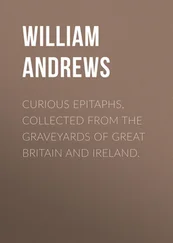1 ...8 9 10 12 13 14 ...21 In the autumn of 1817, and in the fulness of his triumph, Moore visited Paris with Mr Rogers, and picked up, as we have already noted, the materials of his Fudge Family , a satire written on the plan of the New Bath Guide, and intended to help the political friends of the satirist at the expense of their opponents. Time has taken away from much of the interest that attaches to these squibs of the hour, but age can never blunt the point of their polished wit or dull its brilliancy. The popularity of the Fudge Family kept pace with that of Lalla Rookh . ln 1819 the poet went abroad again, this time with Lord John Russell. The travellers proceeded in company by the Simplon into Italy, but soon parted company, Lord John Russell to proceed to Genoa, Moore to visit Lord Byron in Venice. Moore had made the acquaintance of Byron in 1812, when the latter, then in his 20th year, had just taken the world by surprise with his publication of the earlier cantos of Childe Harolde . The poets took to each other as soon as they met, and their friendship continued unimpaired until death divided them. This tour yielded Rhymes on the Road , a volume of sketches which in no way added to the writer’s reputation, since it lacks all that is chiefly characteristic of his genius. Nature in Italy charmed Moore much more than art. At Rome he visited the great collections with Chantrey and Jackson, but was a stranger to the lively impressions received by his companions. The glorious sunset witnessed in ascending the Simplon lingered on his spirit long after the united glories of Rome, Florence, Turin, and Milan were obliterated from his memory.
Returning from Rome, Moore took up his abode in Paris, in which capital he resided until the year 1822. The conduct of the deputy in Bermuda had thrown the poet into difficulties, and until he could struggle out of them a return to England was incompatible with safety. There were not wanting friends to run to the rescue, but Moore honourably undertook to provide for his own misfortunes. Declining all offers of help, he took heart, and resolutely set to work for his deliverance. After much negotiation, the claims of the American merchants against him were brought down from 6,000 guineas to 1,000. Towards this reduced amount the friends of the offending deputy subscribed 300 l . The balance (750 l .) was deposited “by a dear and distinguished friend” of the principal in the hands of a banker, to be in readiness for the final “settlement of the demand.” A few months after the settlement was effected Moore received 1,000 l . for his Loves of the Angels and 500 l . for the Fables of the Holy Alliance . With half of these united sums he discharged his obligation to his benefactor …
In 1825 Moore wrote a Life of S heridan , in 1830 he issued his Notices of the Life of Lord Byron , and in the following year the Memoirs of Lord Edward Fitzgerald , in all the biographies maintaining his well-earned position. In his Life of Sheridan he did not shrink from the difficulties of history. To borrow the language of a critic of the time, “he did not hide the truth under too deep a veil, neither did he blazon it forth.” Of Byron, Moore thought more tenderly than the majority of his contemporaries. The character of the staunch ally, old associate, and brother bard, is finely painted in the Notices , and, to the honour of Moore be it said, he knew how to stand by his departed friend while fulfilling his obligations to the public, whom it was his business to instruct. The life of the amiable, but weak-minded and luckless Lord Edward Fitzgerald, is the least noteworthy of Moore’s efforts of this kind. The History of Ireland , published from time to time in Lardner’s Cyclopedia , we believe to be the latest, as it is the most elaborate and serious, of our author’s compositions.
For many years in the enjoyment of a pension conferred upon him by his political friends, Moore quietly resided in his cottage near Devizes, in Wiltshire, from which he occasionally emerged to find a glad and hearty welcome among the best-born and most highly-gifted of his countrymen. During such separations from home it was the habit of the poet to correspond daily with his wife. The letters written at these times, are preserved, to be incorporated, we trust, in the diary of his life, upon which Moore was busily engaged. Mrs Moore survives her husband, but his four children have preceded him to the grave.
* * *
FATHER MATHEW
12 DECEMBER 1856
THE DEPARTURE OF a great and good man from among us, and the loss of one whose charity and good deeds were of more than European reputation, seem to call for a more extended notice than that which appeared in the columns of our Irish intelligence yesterday. The history of “Father Mathew” is strange and striking, and almost partakes of the character of romance. It has often been said, by way of reproach against Ireland, that her clergy are almost all chosen, not from the nobles or the landed gentry and middle classes of Ireland, but from “the lowest of the people,” and that her priests have been chosen from the plough-tail and the pigstye. However this may be it was not the case with the subject of our memoir. Theobald Mathew was descended from a very ancient Welsh family, whose pedigree is carried in the records of the principality to Gwaythooed, King of Cardigan, in direct descent from whom was Sir David Mathew, standard-bearer to Edward IV., whose monument is to be seen in the cathedral of Llandaff. Edmund Mathew, his descendant in the sixth generation, High-Sheriff of Glamorgan in 1592, had two sons, who went to Ireland in the reign of James I. The elder son, George, married Lady Thurles, mother of “the great” Duke of Ormonde …
We believe that Theobald Mathew, son of James Mathew, of Thomastown, county Tipperary, was born at that place on the 10th of October, 1790 … At the age of 13 he was sent to the lay academy of Kilkenny, whence he was removed in his 20th year to Maynooth to pursue his ecclesiastical studies, having shown signs of a clerical vocation. On Easter Sunday, 1814, he was ordained in Dublin by the late Archbishop Murray. After some time he returned to Kilkenny with the intention of joining the mission of two Capuchin friars there; but before long he removed to Cork. By a rescript from the late Pope Gregory XVI. he received the degree of Doctor in Divinity, together with a dispensation allowing him to possess property. From the moment of entering upon his missionary duties at Cork he began to show the sterling worth of his character. Ever diligent in his work of the pulpit, the confessional, and the sick man’s bedside, he devoted all his spare time, not to violent agitation like Dr Cahill and other ecclesiastical firebrands, but to the temporal and spiritual wants of the poor, to whom he acted as counsellor, friend, treasurer, and executor. He acted as a magistrate as well as a minister, and thus composed feuds, secured justice to the oppressed, and healed the broken peace of many a family. His charities kept pace with his exertions, and were only limited by his means. Among other good deeds, Father Mathew himself purchased the Botanic Gardens of that city, and, allowing them to retain their former agreeable walks and statuary (the best specimens of Hogan’s native genius), he converted them into a cemetery, not for Catholics alone, but for members of every other denomination. To the poor burial was allowed gratuitously, and the fees derived from all other interments were devoted to charity. About the same time he commenced building a beautiful Gothic church at the cost of about 15,000 l .
Thus, by the force of his well-known character as a genuine Christian patriot, even before the commencement of the Temperance movement in the south of Ireland, Father Mathew had risen to the highest estimation among his people. The affability of his manners, his readiness to listen to every grief and care, and, if possible, to remove it, the pure and self-sacrificing spirit of his entire career, were eminently calculated to seize upon the quick, warm impulses of the Irish heart, and to make his word law. Some 20 years ago there was no country in which the vice of intoxication had spread more devastation than in Ireland. All efforts to restrain it were in vain. The late Sir Michael O’Loghlen’s Act for the Suppression of Drunkenness was a dead letter; many even of the wise and good deemed it hopeless and incurable, and it was said that the Irish would abandon their nature before they abandoned their whisky.
Читать дальше
